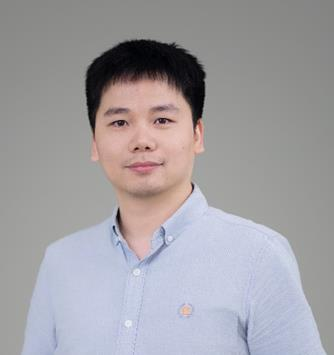Published: Mar 10, 2025 by ISG Board
Building Global Ensemble Terrain Model and Derivatives in 30m (GEDTM30): Towards a Open Science Community
Yu-Feng Ho
OpenGeoHub, NL

May 7th , 2025
7:00 MDT (UTC -6), 9:00 EDT (UTC -4), 10:00 BRT (UTC -3), 13:00 GMT (UTC +0), 15:00 CEST (UTC+2), 15:00 EET (UTC +2), 21:00 CST (UTC +8)
Recording available in our YouTube channel
Bio: Yu-Feng Ho is a Research Assistant / Geoinformatician in OpenGeoHub. He is the one of the main producers of GEDTM dataset and has experiences in global space-borne lidar (ICESat-2 and GEDI) and operating global topography datasets. He specializes in geocomputing with Remote Sensing data, optimize and automate modeling frameworks.
Abstract: Terrain models and derivatives are used in multidisciplinary subjects. What is the current software and methodologies that we can use to derive and maintain an open global terrain dataset? How can open data easily interact with the International Society for Geomorphometry (ISG)? OpenGeoHub creates a fully opened global digital terrain model in 30m (GEDTM30) and its multiscale derivatives in 30, 60, 120, 240, 480 and 960m. In this presentation, we will dive in the methodology of “global-to-local” modeling of deriving GEDTM30 by fusing ALOS AW3D30, CoperincusDEM and global satellite lidar (ICESat-2 and GEDI), and also the implementation of Whitebox Workflow to derive multiscale DTM derivatives. At the end, we provide several solutions to access and interact with this open global terrain dataset through Jupyter notebook, QGIS, and GitHub.
